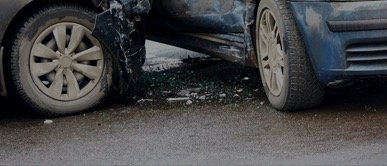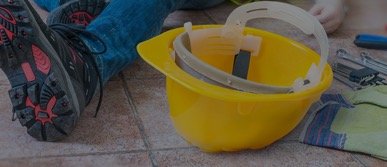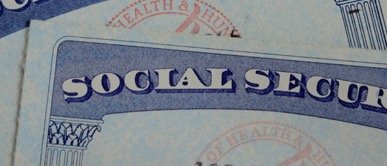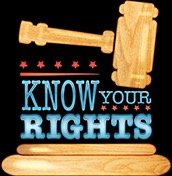What Are Subsequent Remedial Measures?
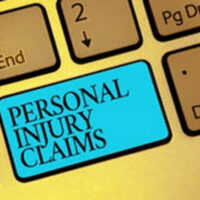
When your attorney starts to build your case, he or she will need to get as much evidence as possible. But getting all the information that is needed can sometimes be tougher than it seems–especially trying to get a key piece of evidence that you know will convince the jury that the Defendant is at fault.
Fixing Things After the Accident
One piece of evidence that many people see as instant evidence of fault, is when the Defendant corrects something that caused your accident. For example, assume that you fell over a stairwell that had no handrails. Weeks later, the store installs handrails. You may see that “correction” as perfect evidence that the store or stairwell was dangerous before the handrail was admitted.
That’s called a subsequent remedial measure. In common language, that means that a Defendant or property owner “fixes” a problem that, before it was fixed, caused or contributed to your accident. And what better admission of liability could there be, than a Defendant that fixes something that it did wrong?
Subsequent Remedial Measures are Inadmissible
The problem is that the evidence code doesn’t allow you to use evidence of fixing things–subsequent remedial measures–to prove that the Defendant did or did not do something wrong.
This may come as a surprise to you or to an accident victim, who may say “they must have done something wrong, otherwise they wouldn’t be fixing or correcting their mistake!”
The problem is that the law doesn’t make this information admissible as evidence, for policy reasons. The law wants to encourage people and businesses to fix problems on their property. If a business owner knew that fixing a problem could be seen as an admission of liability, they would be highly unlikely to ever fix anything, and thus, property owners would be encouraged to keep their property in a dangerous condition.
When Subsequent Remedial Measures Can be Used
You can show subsequent remedial measures in certain, limited circumstances, such as when ownership or control is in question.
For example, if the store blames a cleaning company for not putting up cones to tell customers an area is slippery, but you disagree and think it is the store that is liable for not putting those cones up, you could show that the store put up cones afterward, to show it is the store, not the cleaning company that had this duty or obligation.
You can also show a subsequent remedial measure, if it is needed to impeach or refute something that someone says. For example, if the store owner said that the cleaning company was the company responsible for putting up safety cones, the fact the store put them up days later, could be used to impeach that witness’ testimony.
We can help you understand what can and cannot be used in your personal injury trial. Call the Tampa personal injury attorneys at Barbas Nunez Sanders Butler & Hovsepian today. Schedule a consultation today.
Resource:
courts.state.nh.us/rules/evid/evid-407.htm

